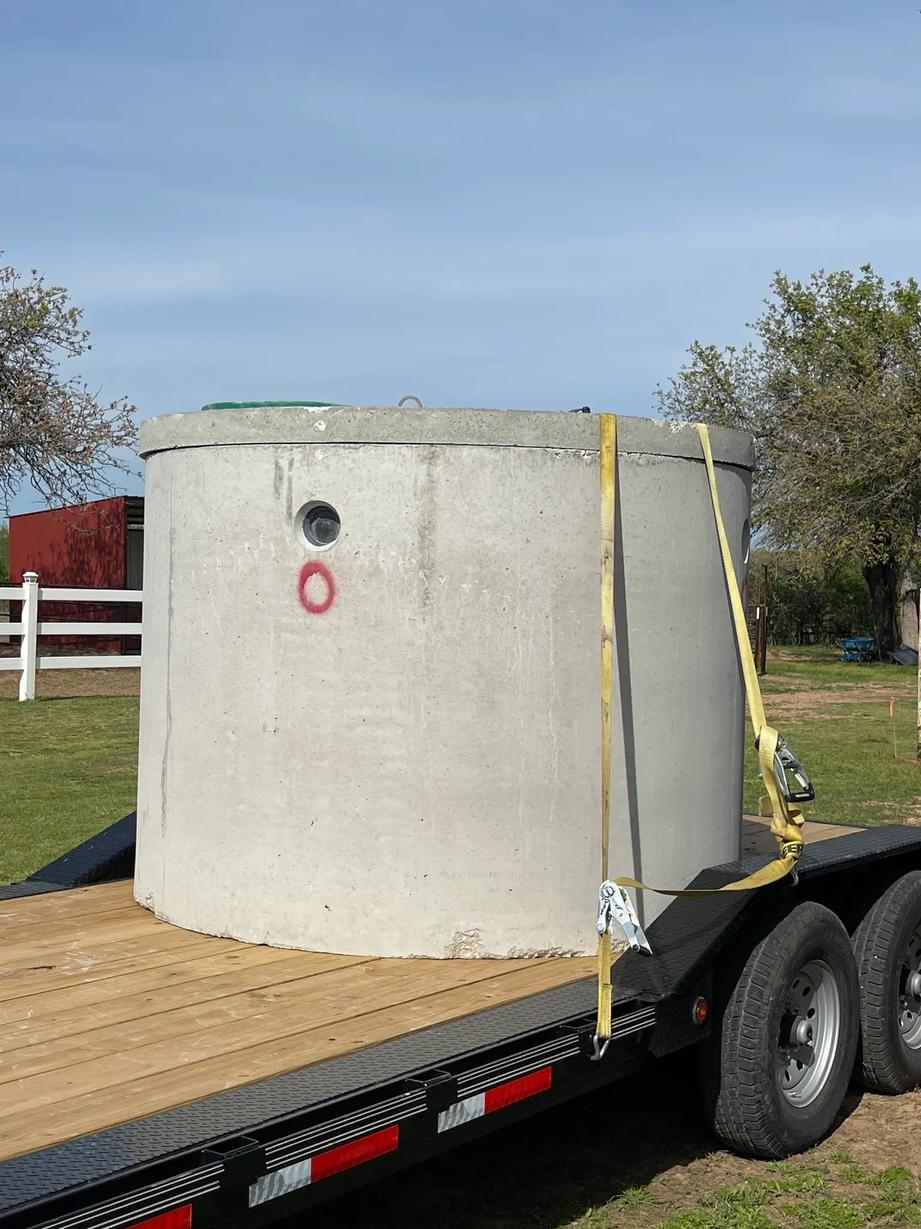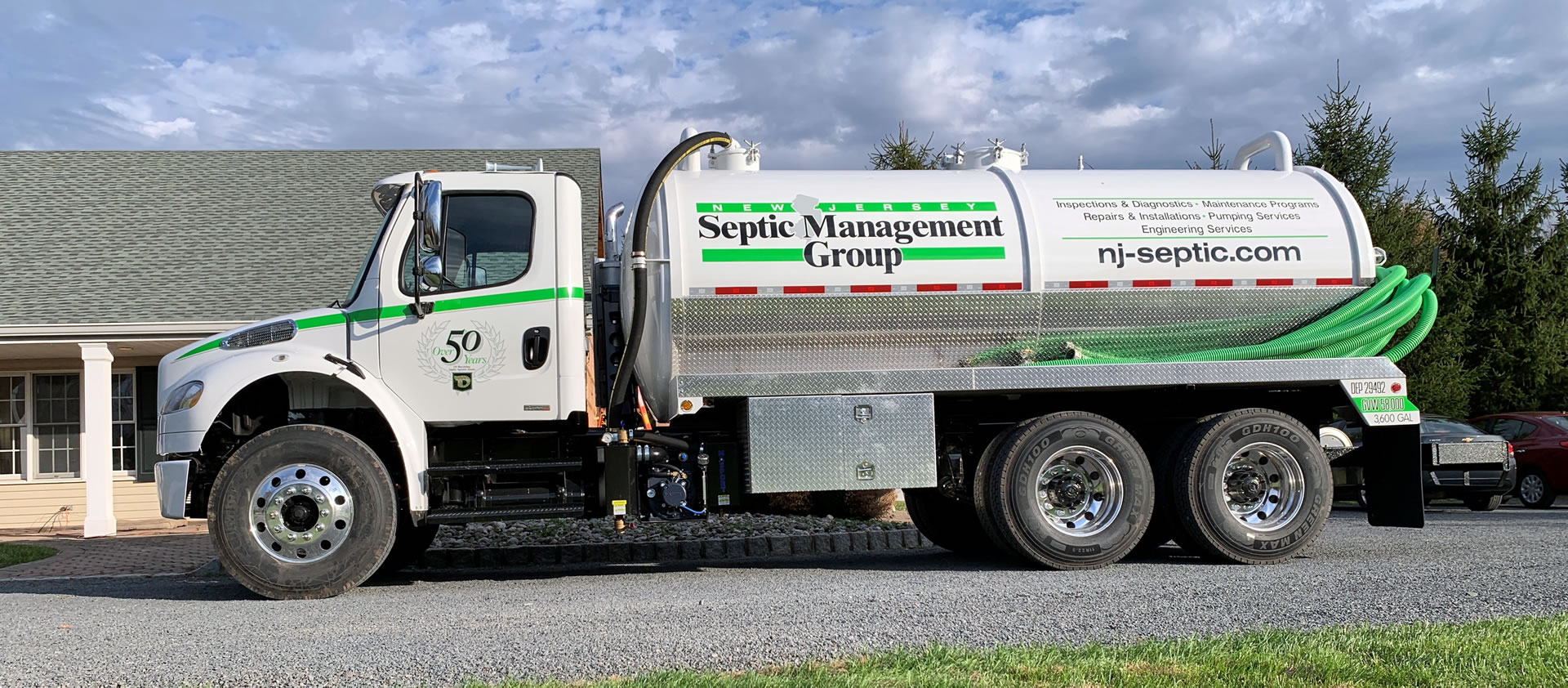The Greatest Guide To Stillwell Septic And Grading
The Greatest Guide To Stillwell Septic And Grading
Blog Article
Getting My Stillwell Septic And Grading To Work
Table of ContentsThe Basic Principles Of Stillwell Septic And Grading More About Stillwell Septic And GradingThe 8-Second Trick For Stillwell Septic And GradingWhat Does Stillwell Septic And Grading Mean?The smart Trick of Stillwell Septic And Grading That Nobody is Talking AboutUnknown Facts About Stillwell Septic And GradingThe Facts About Stillwell Septic And Grading Revealed

House owners should likewise educate themselves on the essentials of septic systems to guarantee they make notified decisions throughout the installment process - Stillwell Septic. Septic systems are a vital part of numerous homes that are not connected to a local sewer system. They are designed to deal with and throw away home wastewater on-site
The sewage-disposal tank is a large, below ground container made from concrete, fiberglass, or plastic. It gets all the wastewater from the home, including water from sinks, bathrooms, showers, and cleaning devices. The container separates the solid waste from the liquid waste. The solid waste clears up to the base of the tank, while the fluid waste, or effluent, climbs to the top.
All About Stillwell Septic And Grading
Along with routine upkeep, property owners must also bear in mind what they flush down their drains pipes. Items such as oil, oil, coffee premises, and womanly health items can obstruct the system and create back-ups. It is additionally vital to conserve water and prevent overloading the system. Easy actions such as fixing dripping faucets and bathrooms, mounting low-flow showerheads and toilets, and expanding laundry loads can help in reducing water usage and prolong the life of the septic system.
The topography of the site is likewise evaluated to make certain that the septic system is installed at the correct elevation. https://georgebraden29910.wixsite.com/stillwell-septic-and/post/ensuring-smooth-flow-your-go-to-guide-for-septic-inspection-repairs-and-pumping. The system must be mounted at a higher elevation than the bordering area to stop contamination of the surrounding setting. Problems are the minimum distances required by legislation between the septic system and other frameworks or features such as wells, structures, and residential property lines
The altitudes will certainly ensure that the septic system works appropriately, and wastewater is properly treated. It guarantees that the septic system is mounted in the most optimal place, taking into factor to consider the soil, topography, and problems.
Stillwell Septic And Grading Things To Know Before You Buy
Before mounting a septic tank, homeowners require to acquire permits and conform with regulations. Some of the authorizations and guidelines that house owners need to consider consist of:: Home owners need to acquire a permit from the neighborhood health division or structure department before setting up a septic system.
For example, some towns might require a minimal whole lot size for septic tank installation.: Homeowners need to abide with ecological guidelines when mounting a septic tank. As an example, some states might need an environmental effect evaluation before mounting a septic system.: House owners need to adhere to building and construction regulations when mounting a septic tank.
Fascination About Stillwell Septic And Grading
Some municipalities might call for regular evaluations and pumping of the septic tank. It is crucial for homeowners to acquire permits and comply with policies before mounting a septic system.
Among the most vital elements to consider when choosing a septic storage tank is the dimension. A septic tank that is too small for the home's requirements will certainly need more regular pumping, while a tank that is as well large can lead to too much water buildup and prospective system failure. A basic policy of thumb is that the tank must be able to hold at least 2 days' well worth of wastewater.
5 Simple Techniques For Stillwell Septic And Grading

It's also essential to consider the kind of system the septic container will be made use of with. There are two main kinds of septic systems: gravity and pressure.
What Does Stillwell Septic And Grading Mean?
In general, choosing the right septic storage tank for a home is a crucial choice that needs careful consideration. Before installing a septic tank, his comment is here house owners must take specific steps to prepare for the installment process.
Here are some crucial safety measures to comply with: Use safety gear: House owners have to use protective gear, such as gloves, boots, and safety helmets, to stop injury during the installment process. Avoid electric lines: Home owners should avoid digging near electrical lines to avoid electrocution. Use caution when operating hefty equipment: House owners must utilize care when operating heavy machinery to avoid mishaps and injuries.
Getting The Stillwell Septic And Grading To Work
By complying with these vital steps, house owners can make certain a successful sewage-disposal tank installment procedure. Septic system installation is an essential process that needs cautious preparation and execution. Home owners that are setting up a septic container for the very first time ought to recognize the vital actions included in the procedure to make sure that their septic system functions effectively and successfully.

Report this page